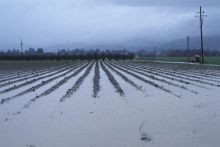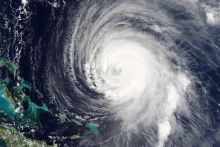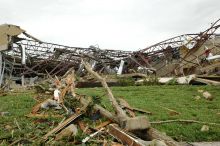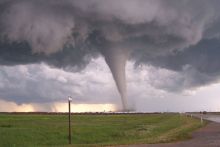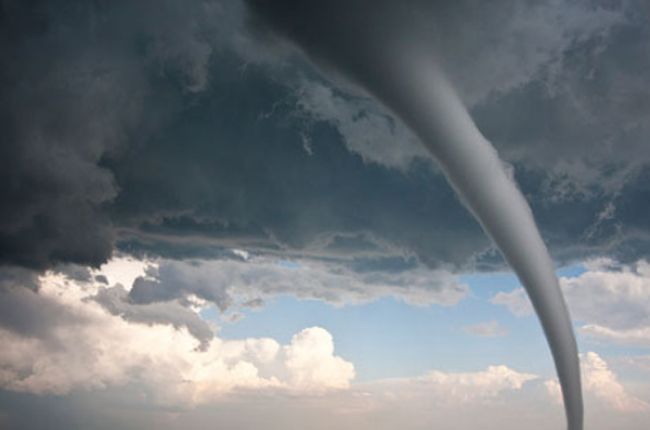
National Oceanic and Atmospheric Administration FAQs:
"This is a very simple question with no simple answer! Here is a very generalized view from the perspective of a severe weather forecaster: When predicting severe weather (including tornadoes) a day or two in advance, we look for the development of temperature and wind flow patterns in the atmosphere which can cause enough moisture, instability, lift, and wind shear for tornadic thunderstorms. Those are the four needed ingredients. But it is not as easy as it sounds. "How much is enough" of those is not a hard fast number, but varies a lot from situation to situation, and sometimes is unknown!
A large variety of weather patterns can lead to tornadoes; and often, similar patterns may produce no severe weather at all. To further complicate it, the various computer models we use days in advance can have major biases and flaws when the forecaster tries to interpret them on the scale of thunderstorms. As the event gets closer, the forecast usually (but not always) loses some uncertainty and narrows down to a more precise threat area. [At SPC, this is the transition from outlook to mesoscale discussion to watch.] Real-time weather observations--from satellites, weather stations, balloon packages, airplanes, wind profilers and radar-derived winds--become more and more critical the sooner the thunderstorms are expected; and the models become less important.
To figure out where the thunderstorms will form, we must do some hard, short-fuse detective work: Find out the location, strength and movement of the fronts, drylines, outflows, and other boundaries between air masses which tend to provide lift. Figure out the moisture and temperatures, both near ground and aloft, which will help storms form and stay alive in this situation. Find the wind structures in the atmosphere which can make a thunderstorm rotate as a supercell, then produce tornadoes. [Many supercells never spawn a tornado!] Make an educated guess where the most favorable combination of ingredients will be and when; then draw the areas and type the forecast. For a graphical overview of the SPC forecasting process, see this poster by Steve Corfidi."
Learn More
- Tornado Forecasting (FAQs), National Weather Service/National Oceanic and Atmospheric Administration
More information on tornado forecasting, including an overview of hardware and software used
- Storm Prediction Center (Website), National Weather Service/National Ocean and Atmospheric Administration
Severe weather prediction center with latest headlines, storm watch summaries, and basic background on storm prediction
- Ready.gov: Tornadoes (Website), FEMA
Preparedness information and important facts about tornadoes


